Range Rover Sport SV Review: M5-Engined SUV Is Shockingly Capable
.jpeg?width=1600&aspect_ratio=16:9)
Pros
- Astonishingly capable on road, track and dirtBut still very comfortable
Cons
- Enormously expensiveV8 doesn't sound that inspiring
I can’t put my finger on exactly when this happened, but there was a point at which a big, tall, heavy SUV going around corners without tipping over ceased to become impressive. It’s become expected. Things like trick suspension, leaps in tyre technology, rear-wheel steering systems and active anti-roll bars mean these hefty lumps can corner in a way that simply didn’t seem possible a few years ago.
Fruitier versions of the Range Rover Sport have been at the forefront of this fast SUV technology war, and now there’s an all-new one. It’s called the Range Rover Sport SV, but can it bring anything new to the table? We drove the car extensively on a variety of roads in Portugal plus an off-road course and the tricky Portimao circuit to find out.
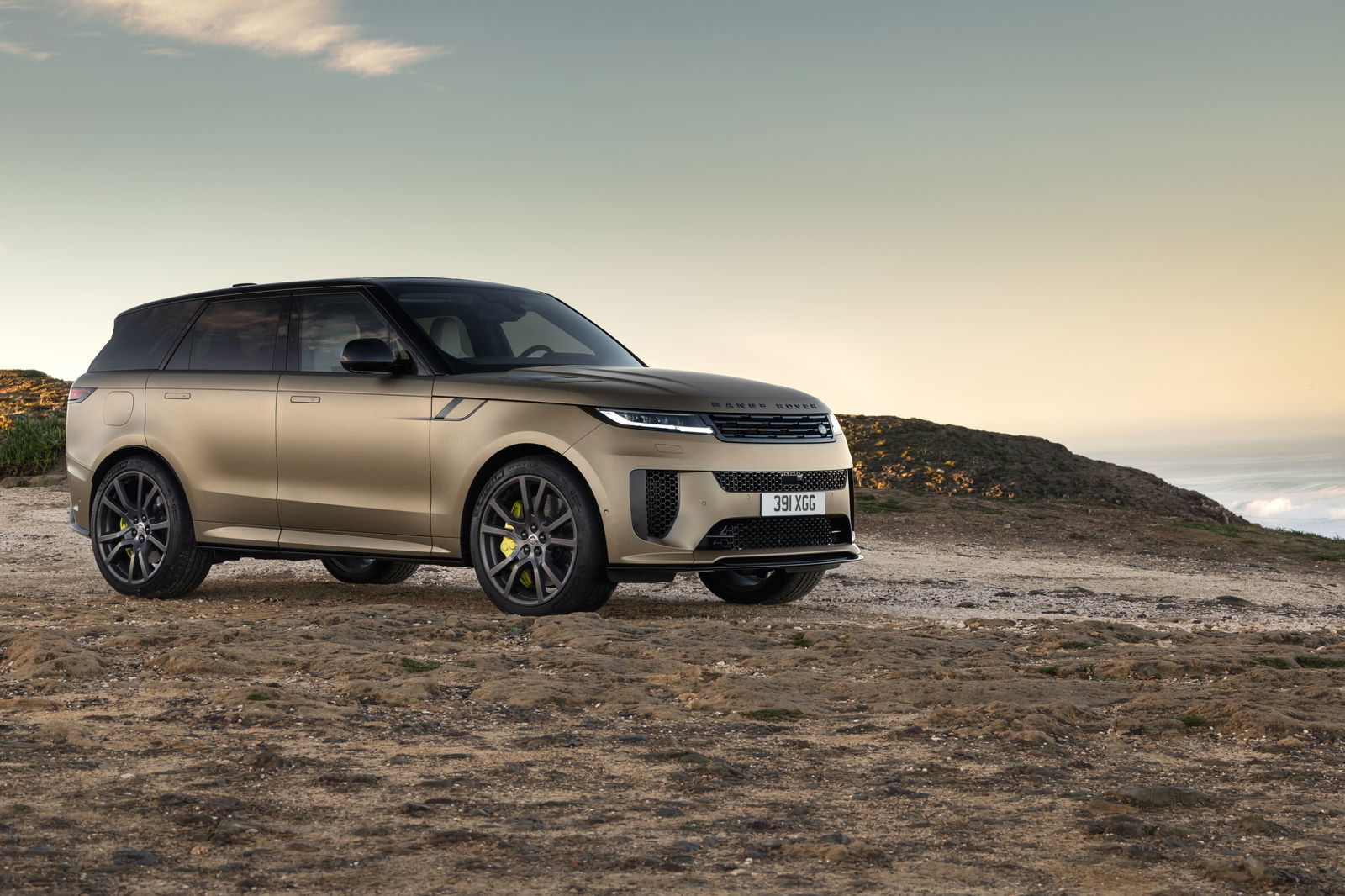
First things first - the name. You might have noticed it’s lost a letter relative to its predecessor, the Range Rover Sport SVR. The idea, SV’s head honcho Jamal Hameedi says, is simplification - before, you had SV, SVX, and the catchily titled SV Autobiography Dynamic. Now, the “ultimate expression” of Range Roveriness is SV or ‘Special Vehicles’.
And there’s certainly a lot that’s special about the Sport SV. It has a 4.4-litre twin-turbo V8 that’s closely related to the one BMW stuffs in its M5, M8, X5 M and X6 M, here pumping out 626bhp. This makes for a 0-60mph time of 3.6 seconds and a top speed of 180mph.
To go with that, there are a lot of those things we mentioned a few paragraphs ago - trick suspension, the latest tyres and a rear wheel steering system, but not active anti-roll bars. Or any anti-roll bars at all.

The SV uses hydraulically linked dampers (rather like a McLaren supercar) joined up with some 25 metres of high-pressure hoses and working in conjunction with twin chamber air springs and a six-axis inertial measurement unit. All of this comes together to combat body roll, pitch and dive. Meanwhile, the SV mode drops the body by a further 15mm, making the car look positively slammed as far as stock SUVs go.
The SV is a chunky thing, weighing in at 2,560kg, so stopping the damn thing is going to be a tall order. Thankfully, it has huge brakes with staggered pistons in the callipers, the idea being these help the pads work on a large surface area of the massive discs. Optionally, you can have carbon ceramics, and also 23-inch carbon fibre wheels - a production first. Just try your best not to kerb them.
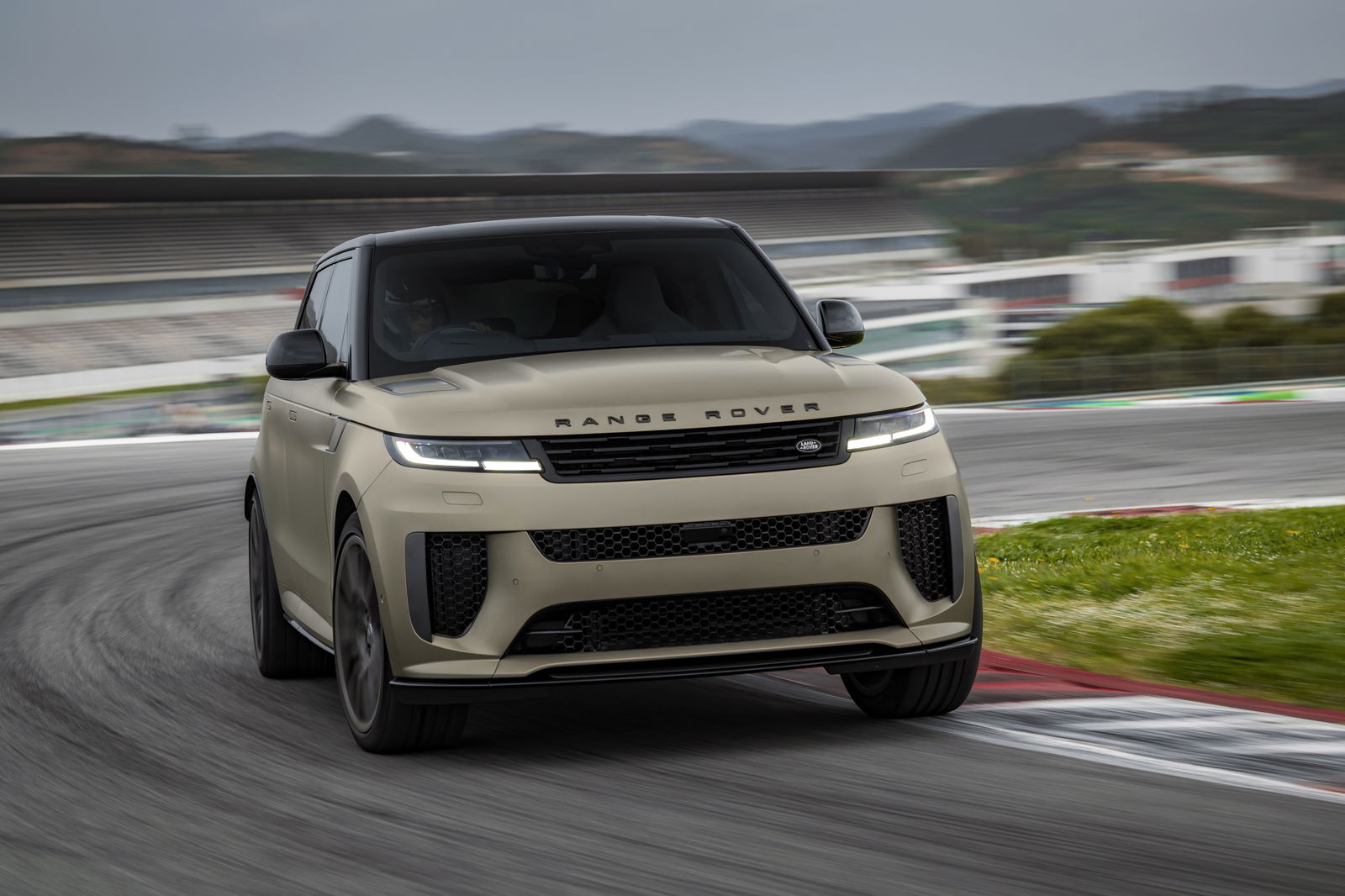
Choosing somewhere like Portimao for a launch location shows a certain degree of confidence in your product - it’s a place with blind crests and big changes in elevation that put huge loads through the tyres as the mass of this already heavy vehicle effectively increases through strenuous G-forces. That confidence is not misplaced.
Running in the angry SV mode, the fastest Range Rover Sport takes everything you can throw at it. It isn’t an oversteer monster, but there’s a lovely feeling of the car pivoting slightly in the middle in tighter corners. The lateral grip from the bespoke Michelin Pilot S 5 is extremely impressive, as is the traction, with the all-wheel drive system rarely failing to lob out all 626 brake horsepower.
The car stays reasonably level, but there is still some roll - the engineers have left a bit of slack in the system. Plus, in the SV mode with the ESC’s track mode enabled, electronic interventions are for the most part imperceptible.
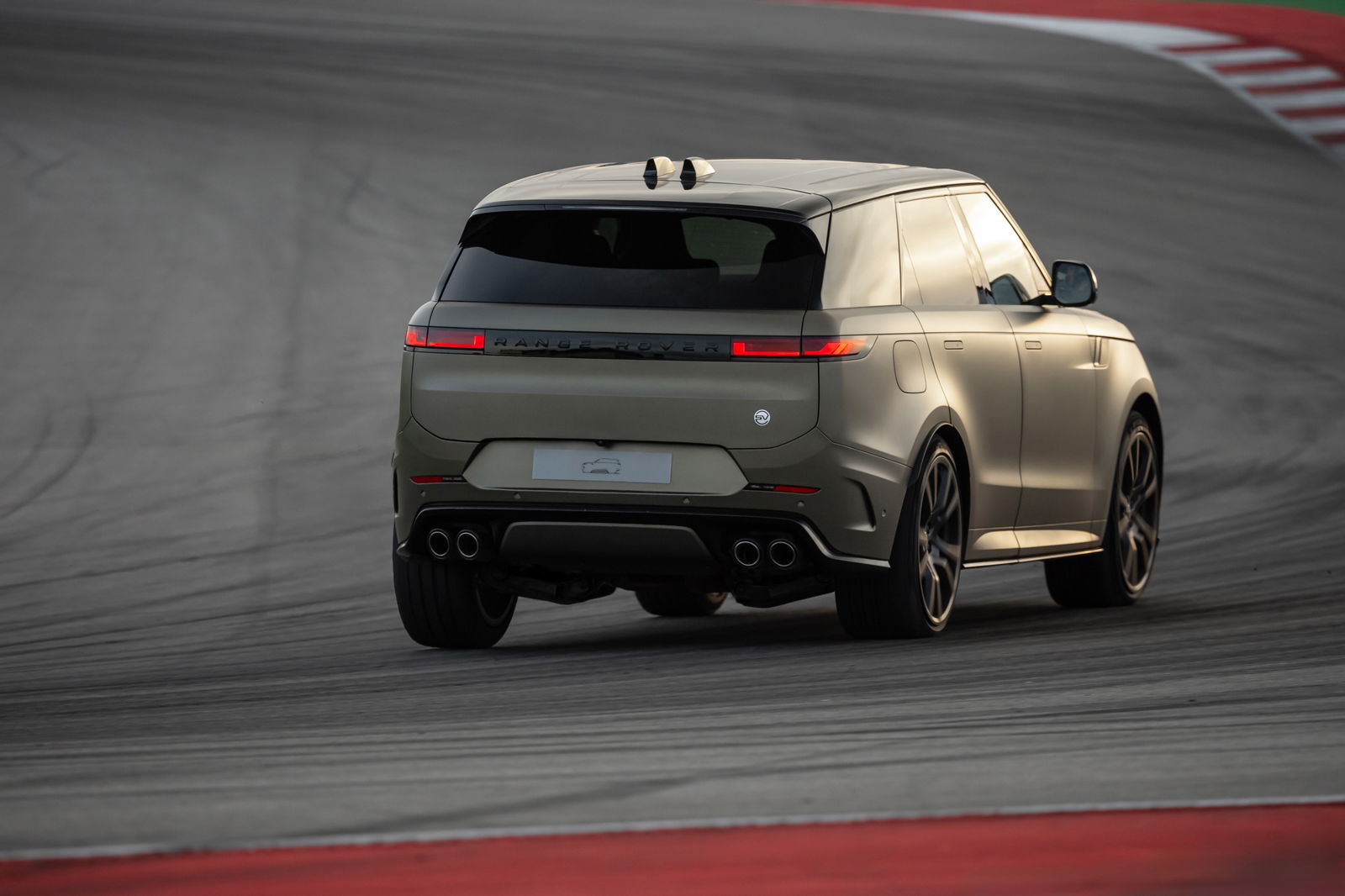
The BMW-sourced engine is a mighty thing in the mid-range, but isn’t a V8 that encourages you to rev it out. In terms of noise, it’s far from the best-sounding eight-cylinder engine out there, with a lack of old-school V8 rumble. It’s hard not to pine for the old supercharged 5.0-litre engine used by the old SVR and still found in the Defender V8. That engine might not dole out fat gobs of torque like this newer turbo lump, nor is it as powerful, but in terms of character, there’s no contest.
That 4.4-litre V8 sends its somewhat muted fury to all four wheels via an eight-speed automatic gearbox. There are more aggressively set up modern slushboxes around, but the transmission here gets on with the job admirably and didn’t frustrate once with a denied downshift or laboured upshift.
Hovering around 150mph at the end of the start/finish straight on the last of our flying laps, I have a slight worry the brake pedal is going to feel a little long after all the punishment the stoppers have experienced thus far in the session, but it’s unfounded, with the staggered-piston brakes scrubbing off speed just as effectively as they did when we started. This probably would have been a different story without the optional carbon ceramics, of course.

Out on the road, SV mode proves too firm on all but the smoothest of roads. Dynamic is a better bet, or there’s the option to combine the softest suspension tune with the angriest settings for everything else, which is usually our default for performance cars we test in the UK to avoid the feeling of your fillings rattling around.
Set thusly, the SV has a knack for settling nicely after harsh undulations and imperfections in the road surface, although particularly harsh upsets can catch it out. Boistrous applications of throttle in tight corners can also upset the ESC, even when it’s supposed to be turned fully off. In some situations, this involves both a backing off of the throttle and some fairly hefty brake intervention.
This isn’t something the SV can be singled out for, really - in all fast SUVs, ‘off’ never quite means that. The system will generally still intervene in the name of rollover protection, even when it doesn’t really need to.
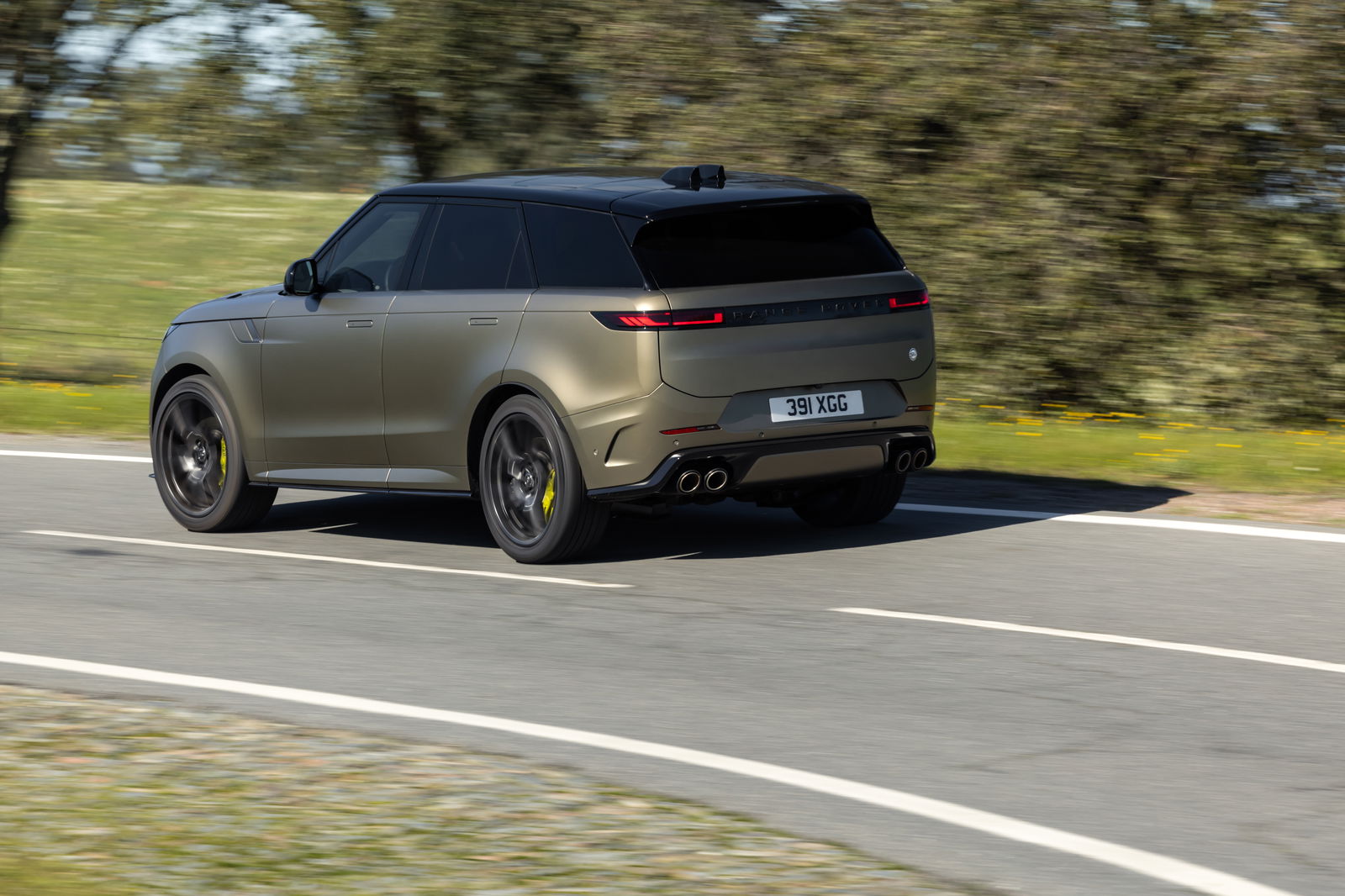
When this doesn’t happen, that sense of the car pivoting is emphasised even more than when on the track. It’s a truly playful car and an extremely capable one that’s a noticeable step up from the old SVR. Even a switch to the standard-fit Michelin Pilot Sport All Seasons didn’t seem to dull its responses by any tangible degree - apparently, you can still pull 1.1 lateral G with them on, just .1G off what’s possible with the S 5 boots. But is it the best-driving SUV ever? Not quite.
The remarkable (and discontinued for the UK) Porsche Cayenne Turbo GT remains unsurpassed. It’s more playful still, and its steering sweeter and more natural feeling. But the Range Rover Sport SV is not that far off, and all the while, it’s far waftier than the Cayenne, not to mention more capable off-road.
The SV tackled a fairly hardy off-road course with ease, the only change being the removal of the carbon fibre front splitter in accordance with what the manual suggests. In any case, the additional ride height made possible by the air springs meant the splitter would have been reasonably safe from being smashed to pieces.
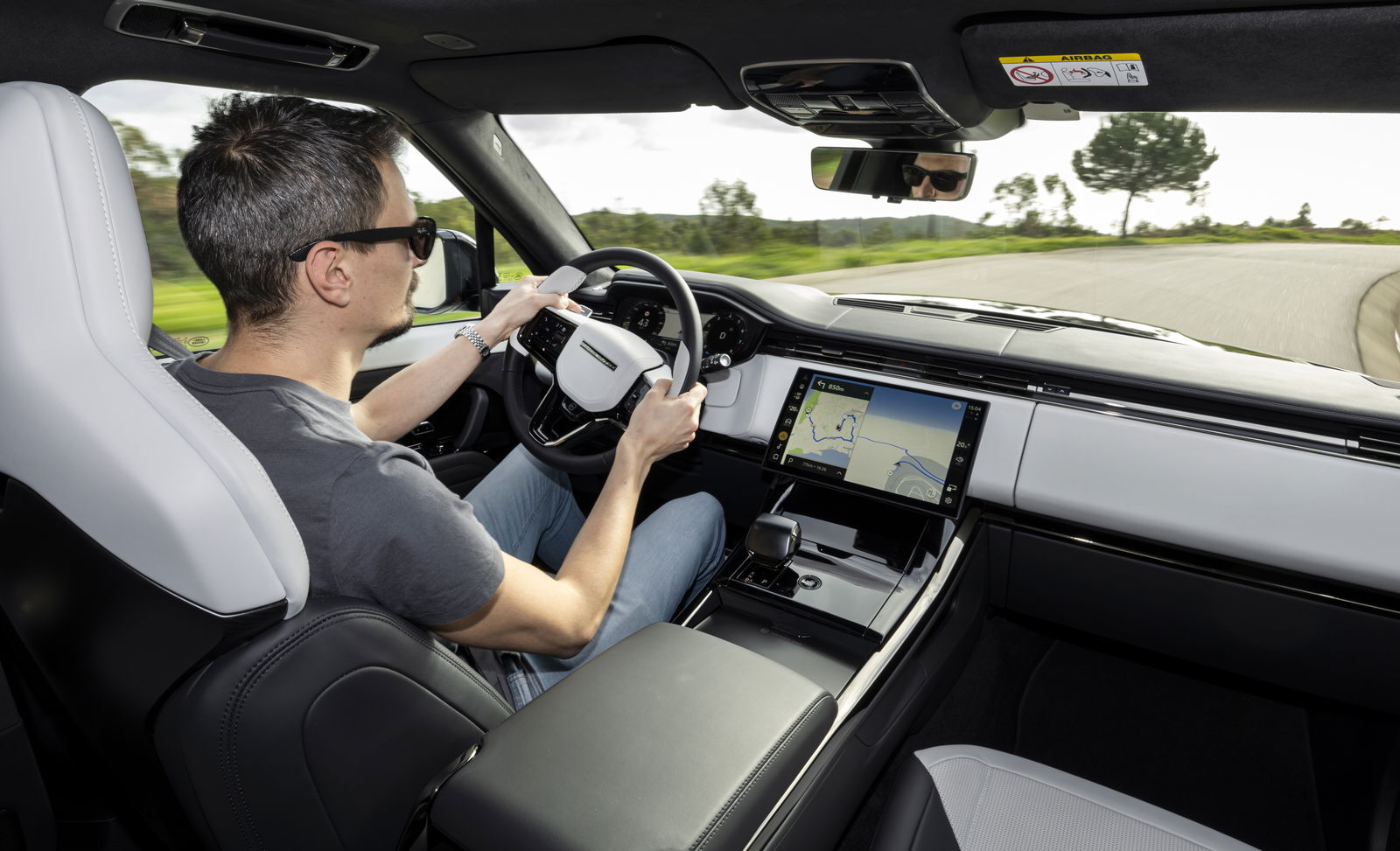
In terms of pure bandwidth, the Range Rover Sport SV is unsurpassed. You pay dearly for all that capability, though - the Edition One version of the car costs £168,000 even before you’ve added the carbon wheels and brakes. I believe the word you’re searching for is ‘oof’. Yes, it’s very nice inside, even if we’re not huge fans of the lack of physical climate controls, but still, that’s an eyebrow-raising figure. Albeit one people are willing to pay - all 550 Edition Ones coming to the UK are sold out.
A regular Sport SV hasn’t even been revealed or priced just yet, but you can bet that it’ll still be incredibly expensive. But if you do have the money and want an SUV that really can do it all, it doesn’t get better than this.

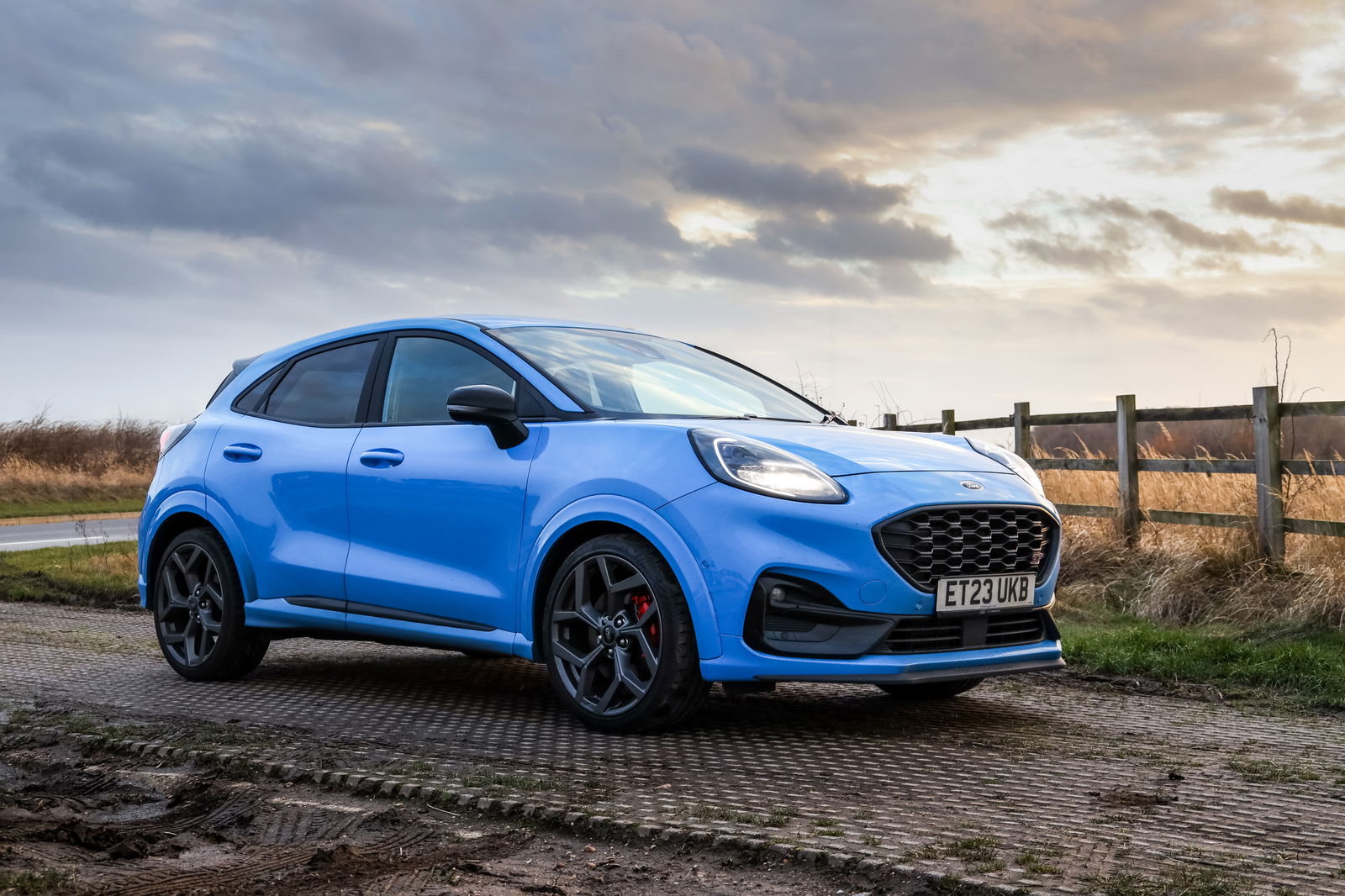

Comments